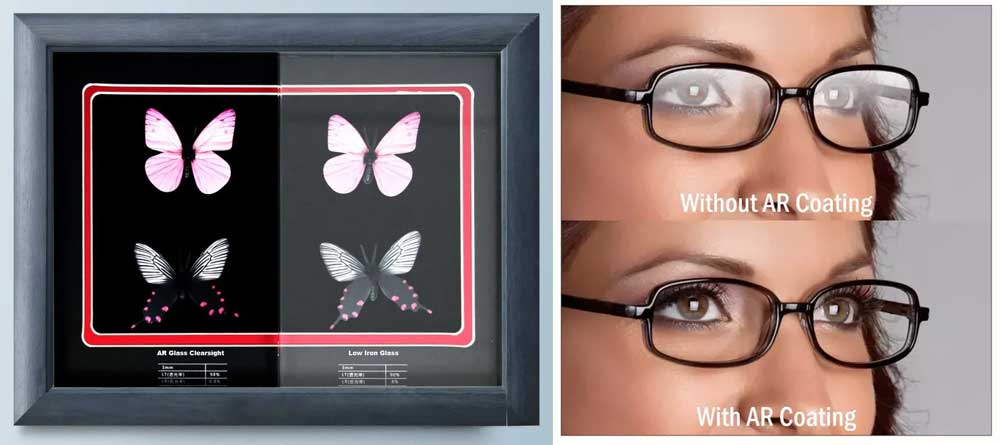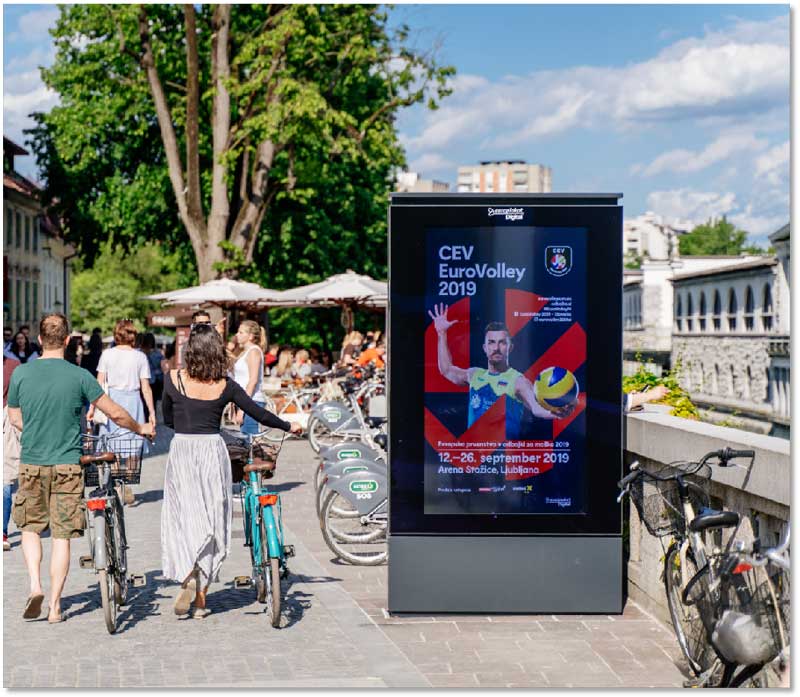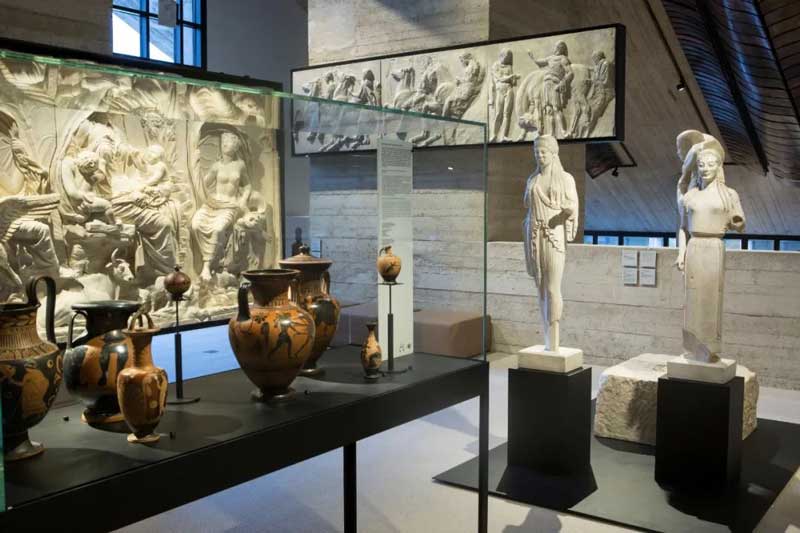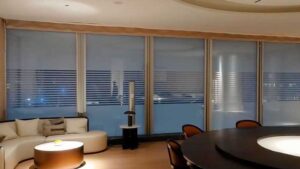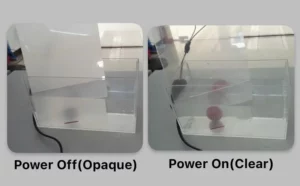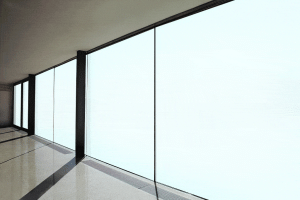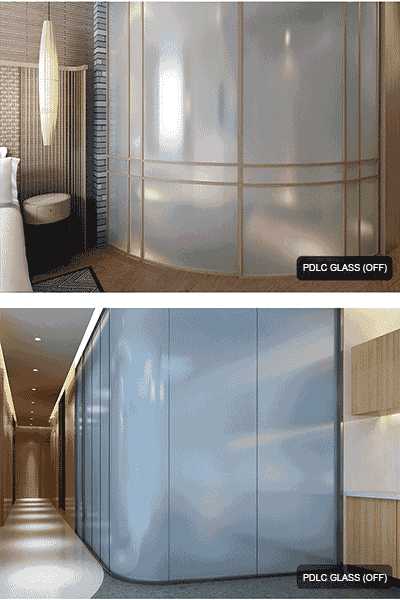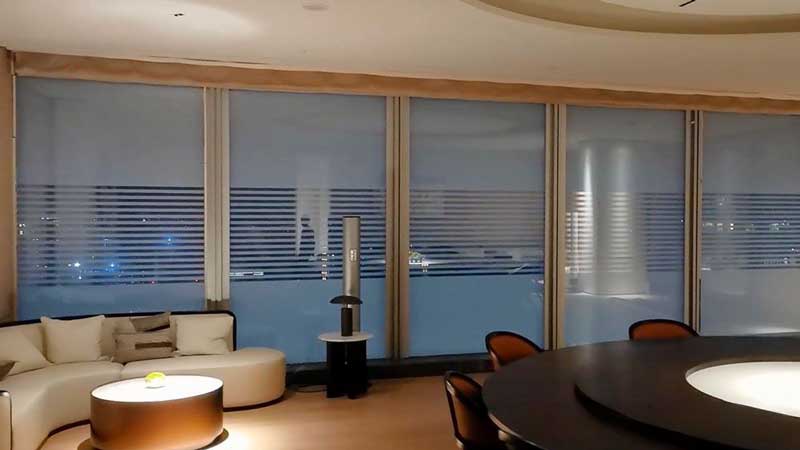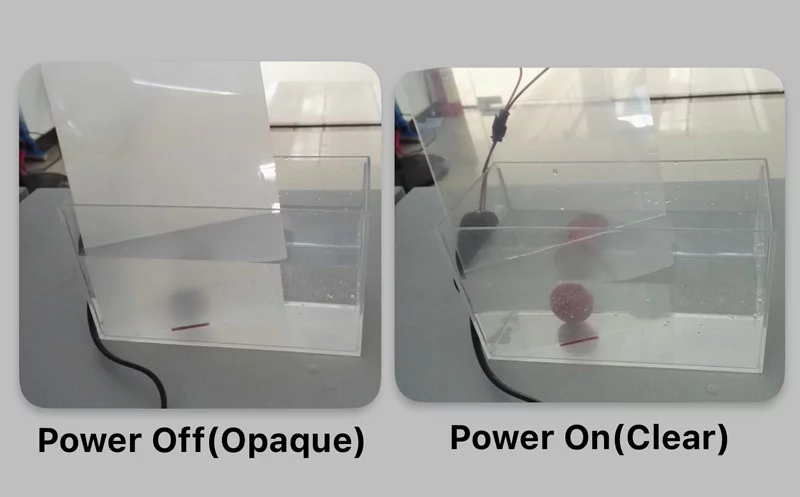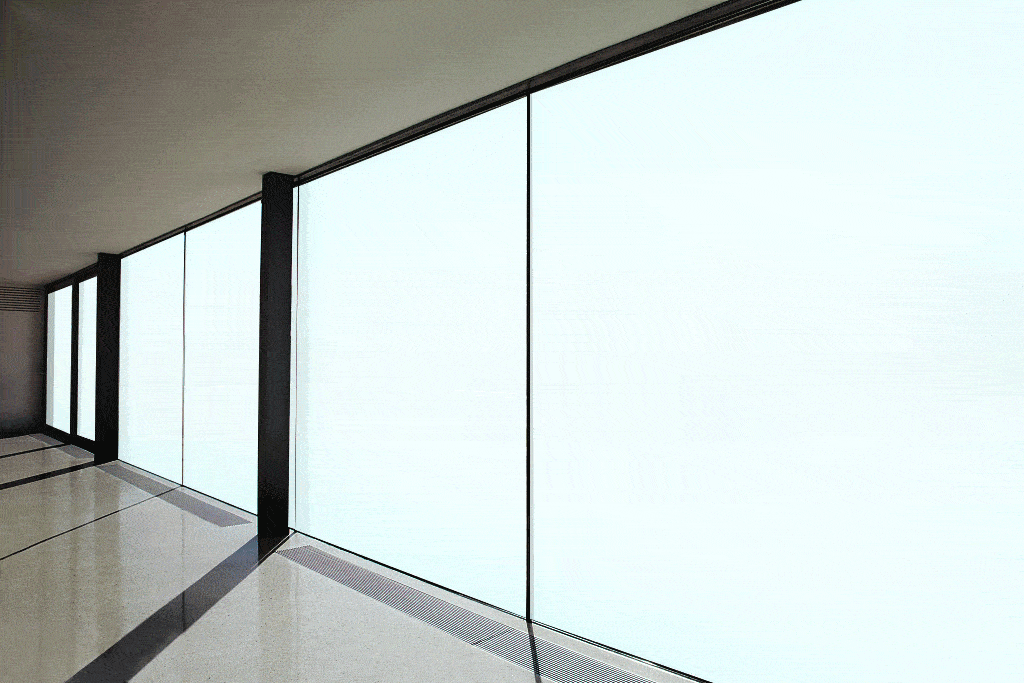Have you ever noticed a green tint when observing a glass panel? Or perhaps you’ve pondered the origin of the green hue at the edge of glass? In this post, we’ll delve into the distinctions between standard clear glass and low-iron glass, and also simply involve the Anti-Reflective Glass.

Standard Clear Glass
Standard clear clear glass doesn’t achieve complete transparency. You might observe a subtle greenish tint in the glass or along its edges. This tint becomes more noticeable when viewed from an angle and intensifies as the glass thickness increases.
The greenish hue results from the inherent presence of iron oxide, sourced from elements like sand or from the furnace or container in which the glass was melted.
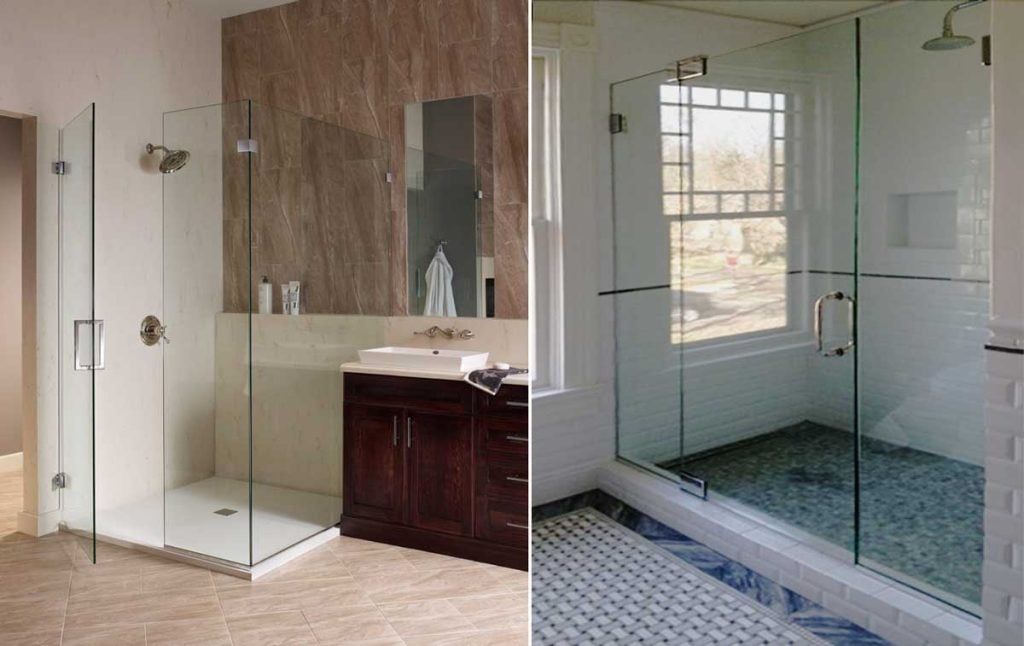
Low Iron Glass
On the flip side, low-iron glass offers absolute clarity. This is attained by minimizing the iron content in the molten glass formula, ensuring pristine and unhindered views. Apart from the unobstructed vistas, the greenish tint on the edges of low-iron glass is significantly less pronounced than that of standard clear glass.
With a visible light transmittance (VLT) of 91 percent in a standard quarter-inch thick glass, low-iron glass surpasses standard clear glass, which has an 85 percent VLT, making it the unequivocal choice for clarity.
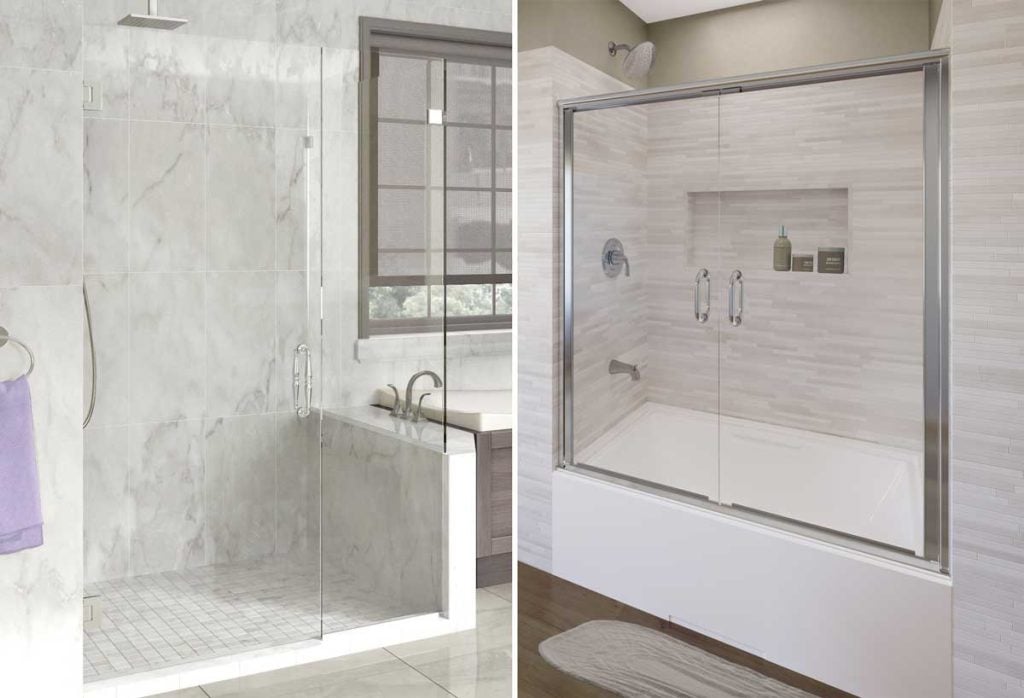
A picture is worth a thousand words.This side-by-side comparison perfectly illustrates the distinction between standard clear and low-iron glass.
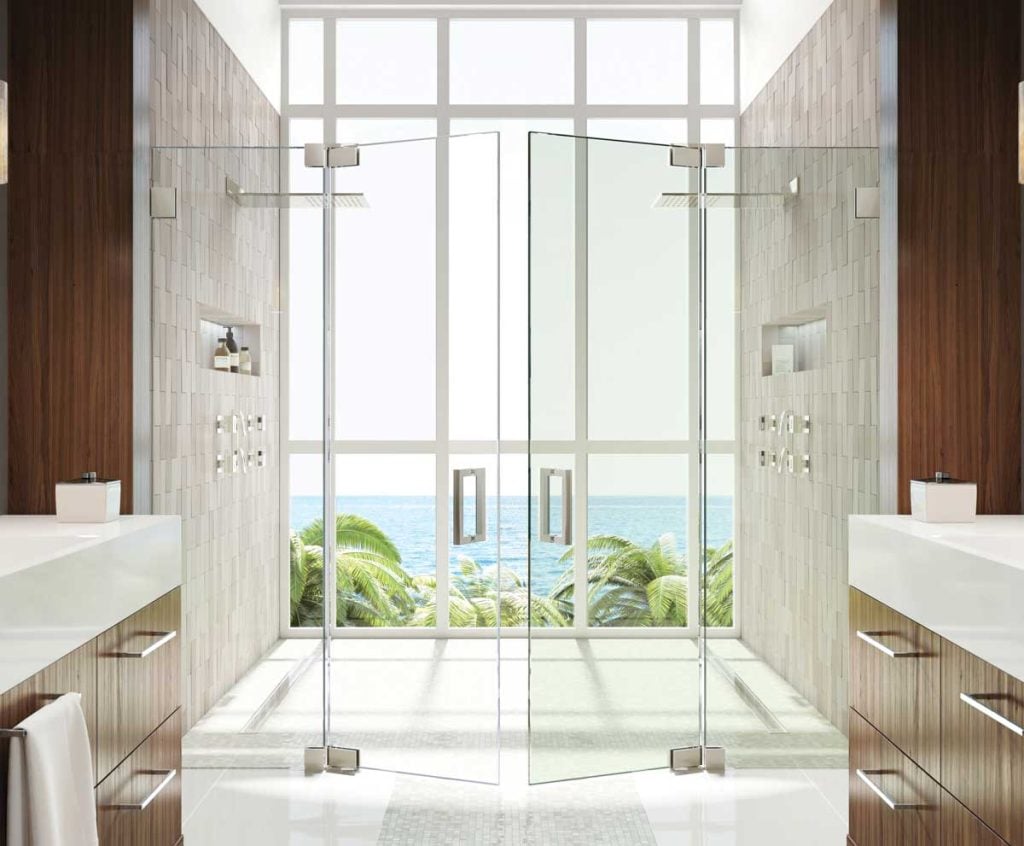
Standard Clear Glass vs. Low-Iron Glass
In essence, the primary distinctions between Standard Clear Glass and Low Iron Glass can be summarized in three key aspects:
Iron Content
In standard clear glass, the ferric oxide content hovers around 0.1%, with this oxide being one of the three primary iron oxides.
In low-iron glass, manufacturers have successfully reduced ferric oxide levels to a mere 0.01%.
Color Tint
Standard clear glass’s higher iron content means that it has a green tinge. The greenish tones linked with conventional clear glass can pose aesthetic challenges, especially when the edges of thicker glass pieces appear almost black, presenting both visual discomfort and color-related issues. This may lead to conflicting color problems, particularly during painting.
Low-iron glass presents almost no color tint, providing individuals and businesses the chance to precisely match the glass color and maintain its aesthetic appeal. Although low-iron glass may retain a subtle hint of color, it has been observed that smaller pieces typically display significantly less tint than larger ones.
Light Transmission
Light transparency can be improved by up to 6% simply through the modification of iron content in glass.Low-iron glass offers unparalleled brightness and clarity, surpassing traditional clear glass in visible light transmittance.
Because the reflection at the interface between glass and air is 4%, the theoretical transmittance of the original glass sheet without anti-reflection treatment is approximately 92%;
In reality, the transmittance of ultra-white glass is generally around 91%; the transmittance of ordinary glass is generally around 88%; Detail comparision please see below:
| Thickness(mm) | Standard Clear Glass | Low Iron Glass |
| 3mm | 89% | 92% |
| 4mm | 88% | 91.6% |
| 5mm | 87% | 91.5% |
| 6mm | 85% | 91.4% |
| 8mm | 83% | 91% |
| 10mm | 82% | 91% |
| 12mm | 79% | 91% |
| 15mm | 77% | 90% |
| 19mm | 73% | 90% |
In the above analysis, we know that due to a 4% reflection at the glass-air interface, the anticipated transmittance of the untreated original glass sheet is roughly 92%. So, what shall we do if we still want to increase the transmittance? Then we need to talk about Anti-reflective glass.
Anti Reflective Glass
Anti-reflective glass has been optically coated on one or two sides to eliminate reflections and increase the light transmission. Anti-reflective glass reduces surface glare and increases substrate transmission and brightness, offering better contrast definition over a specific wavelength range.
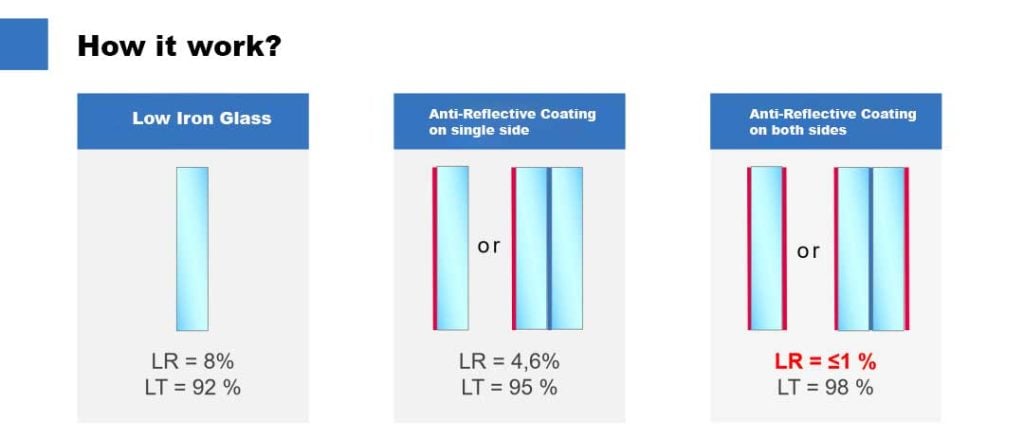
Standard broadband AR Glass reduces surface reflection from 4% to less than 0.5%
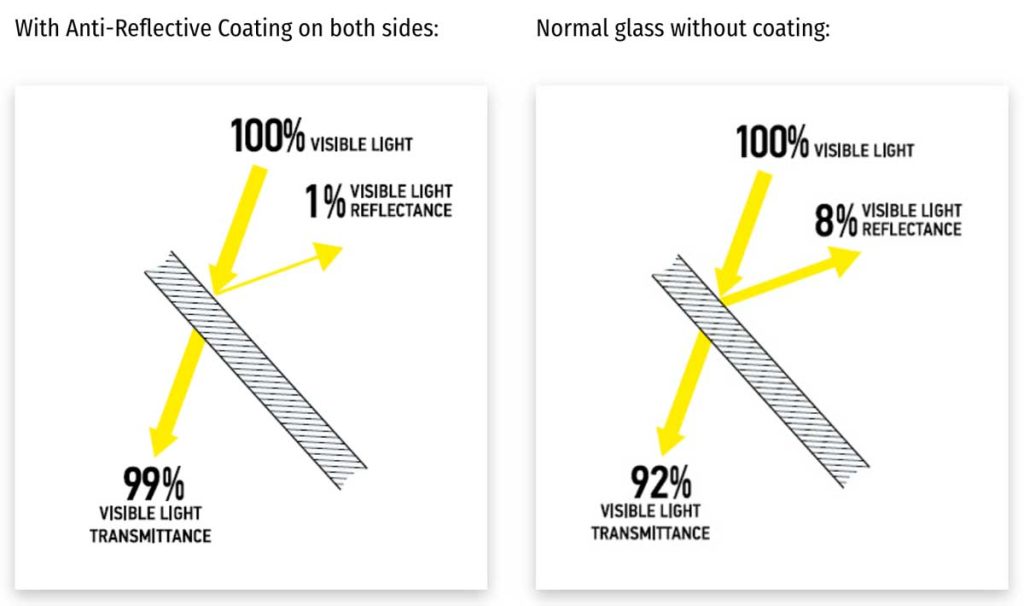
Video of haze and transmittance test for different materials
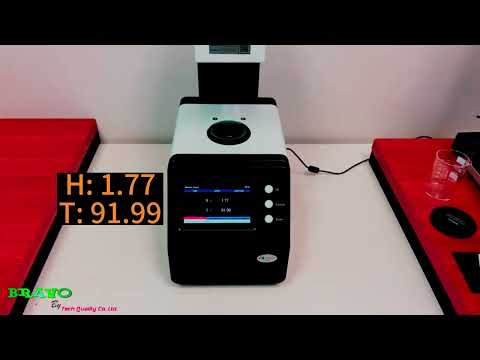
AR Glass Applications
Anti-reflective glass is widely used in various fields such as museums, display screens, luxury window display cabinets, lamps, building curtain walls and indoor partitions, photo frames, solar photovoltaic modules and greenhouses.
